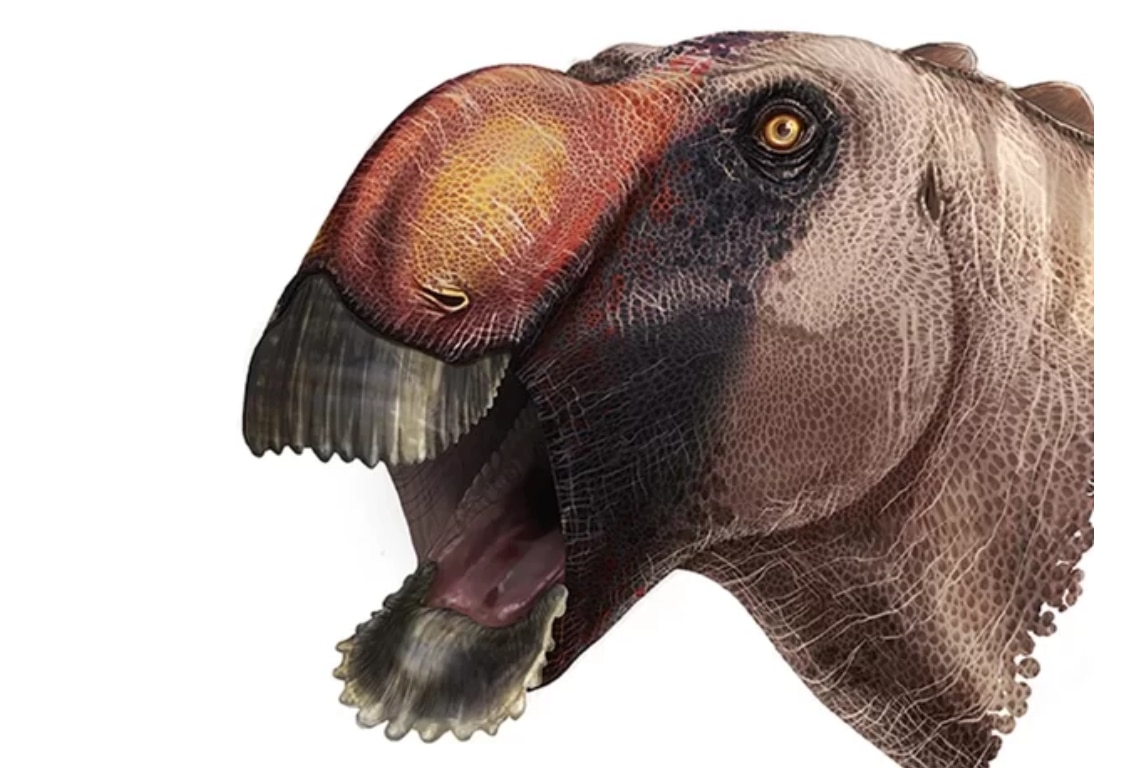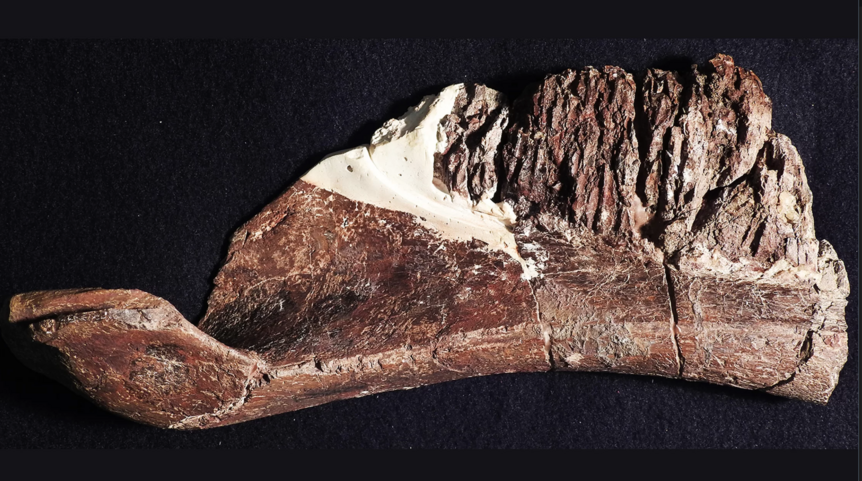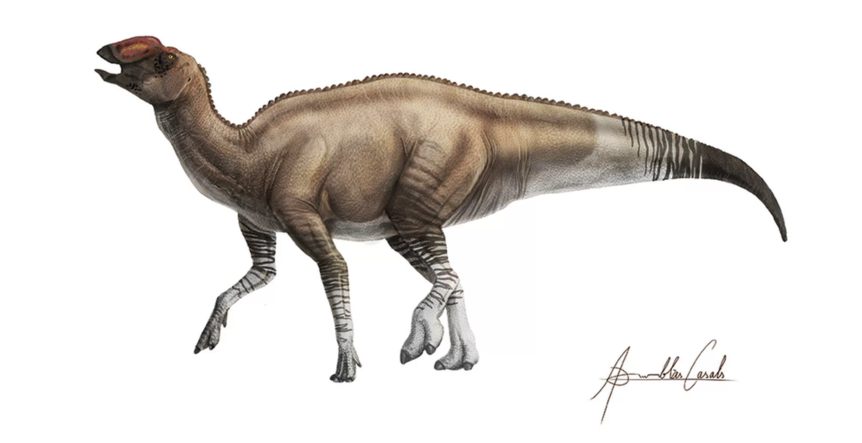Create a free profile to get unlimited access to exclusive videos, sweepstakes, and more!
Odd new duck-billed dinosaur might have the weirdest name yet

Never to be confused with the most handsome hadrosaur ever to roam the coastal swamps of primeval Earth, a strange new species of duck-billed dinosaur just might have the weirdest official name.
Paleontologists have correctly identified and cataloged a new species of hadrosaur after examining fossil specimens originally discovered back in the 1980s. Featuring a face only a mother could love, with protruding "W"-shaped jaws and a bony, humped beak and broad nasals running the length of its face, Aquilarhinus palimentus lived some 80 million years ago during the Cretaceous Period. Its official name translates into the less than flattering description of "eagle-nose shovel-chin," and judging from its odd appearance, that seems a perfectly apt moniker.
Scientists first unearthed the unusual fossilized skull and a partial skeleton of the creature over 35 years ago at Big Bend National Park's Aguja Formation in southwestern Texas. Only recently was a team of paleontologists at Texas Tech University and the Catalan Institute of Palaeontology Miquel Crusafont able to delve deeper into its classification and the results were an entirely new genus and species. All Hadrosaurids in this group of duck-billed and crested dinos share certain features but this specimen appears to have a more primitive facial structure and hints at the origins and evolution of the oddball beasts.
In a report published online July 12 with the Journal of Systematic Palaeontology, researchers speculated that Aquilarhinus most likely utilized its jagged, bucket-like jaws to scoop muddy vegetation from the bottom of soggy creek beds. Its obvious Roman-nosed crest might have served as an identifying element to other members of its family or in mating rituals.
Although the herbivorous hadrosaurs were fairly common across Europe, North and South America, Asia, and Antarctica during the waning millennia of the Late Cretaceous, the discovery of this less advanced specimen helps support a popular hypothesis that hadrosaurids first arrived in the southern part of North America.
"This new animal is one of the more primitive hadrosaurids known and can therefore help us to understand how and why the ornamentation on their heads evolved, as well as where the group initially evolved and migrated from,” said team member Dr. Albert Prieto-Márquez, professor at the Institut Català de Paleontologia Miquel Crusafont, in a statement.
What do you think of this bizarre-looking fellow and do you think its cataloged name is fitting or simply spiteful?
All reconstruction paleoart illustrations by ICRA ART.

















